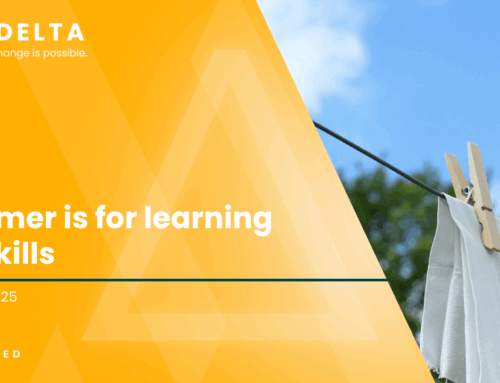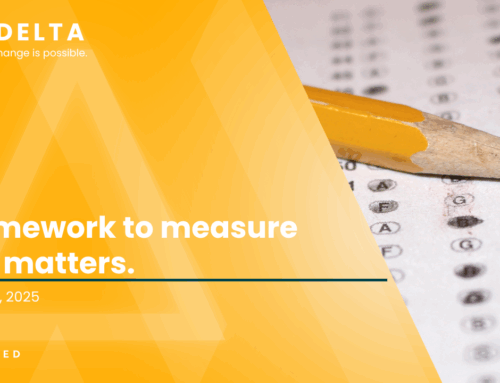The Delta Issue #23
What it means for kids, families, and providers if early childhood funds stop coming
By: Jessica Baghian
JAN. 29 UPDATE: This afternoon, the White House rescinded its order to freeze federal grant funding in response to strong bipartisan pushback. How that plays out in terms of restarting funding still warrants close watching, but, big picture, this series of events tells me that speaking up about the impact of executive actions on real people works, and we’re grateful to everyone who made their voices heard on the importance of early childhood education funding. In a few weeks, we’ll circle back on early childhood education to discuss how the federal government can make Head Start work better for families and children across America.
I had a long piece written for today about how the federal government could improve early childhood education by directing Head Start dollars to state leaders, but in light of last night’s executive order, I want to talk about what it will mean if federal grants – totaling more than $21B annually – stop flowing to early childhood education providers altogether.
We’re all still parsing the language and awaiting guidance on what the order means in practice. Much remains unknown and much could still change. Just this afternoon, a new memo from OMB stated that Head Start is exempt from the freeze, but we’re still hearing reports that early childhood providers are locked out of their federal funds and we have yet to receive clarification on whether this freeze applies to the Child Care and Development Fund.
The early childhood sector, perhaps more than any other, is financially fragile. Halts, or even pauses, in funding will have long lasting effects that, in some cases, will be hard to undo. Let’s unpack why.
The federal Head Start program serves more than 830,000 children and families nationwide and is the only federal program that fully funds seats for the lowest-income families. Similarly, the Child Care and Development Fund (CCDF) subsidizes early childhood seats and pays for the state infrastructure (including licensing, quality improvement, teacher certification) for programs serving low-income families. Some states supplement federal funding to support early childhood education, but many states (e.g., Louisiana) rely heavily on federal funding to serve kids.
Even under normal circumstances, early childhood education is in a very precarious situation. As of a few years ago, 6 in 10 child care providers reported having less than 30 days cash on hand. If the tap for federal funding shuts off for even 30 days, we are talking about thousands of small businesses across the U.S. that will not be able to pay rent or process payroll. For many, their only choice will be to close, immediately cutting off care for millions of young children. Unfreezing the funds when child-care providers have already shuttered their doors will not undo the damage.
Federal programs, like Head Start and CCDF, are imperfect, and we support all efforts to adjust these programs in the interest of kids and families, but the full cessation of funding to those that serve our nation’s youngest learners will have irreversible, long-lasting impact.
We will be back to talk about Head Start and how to make it better in the near future.
If you want to know more about what the federal funding freeze means for K-12, this post by @Catherine Pozniak offers a great primer.
Until then: What are you seeing and hearing on the ground? What are your questions about how this freeze will impact education? Share your thoughts in the comments.
Let’s Get Muddy
NAEP scores are still coming tomorrow, Jan. 29.
As soon as we have the numbers, our team will work quickly to update our NAEP dashboard, an interactive tool that helps you visualize longitudinal trends in the data.
If you’re hungry for more NAEP analysis, register for a free webinar with me and @Chad Aldeman, columnist at The 74 and founder of Read Not Guess, on Monday, Feb. 3 at 10 a.m. ET.We’ll go beyond the headlines and offer our perspectives on the data. I hope to see you there.





